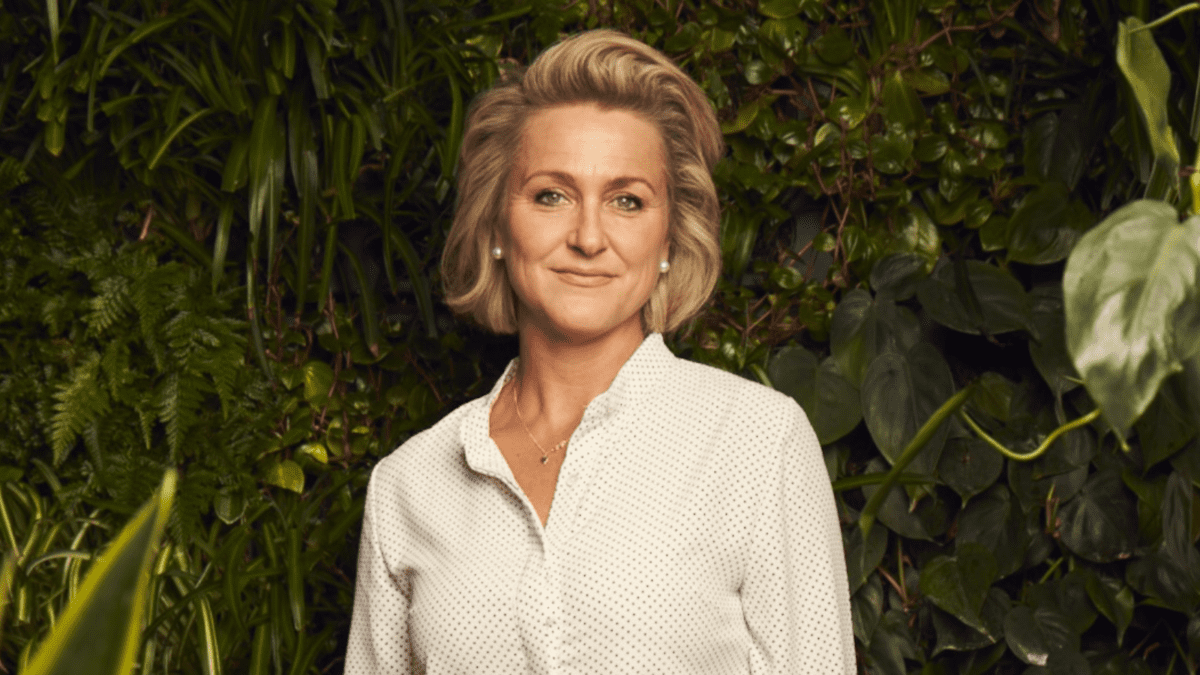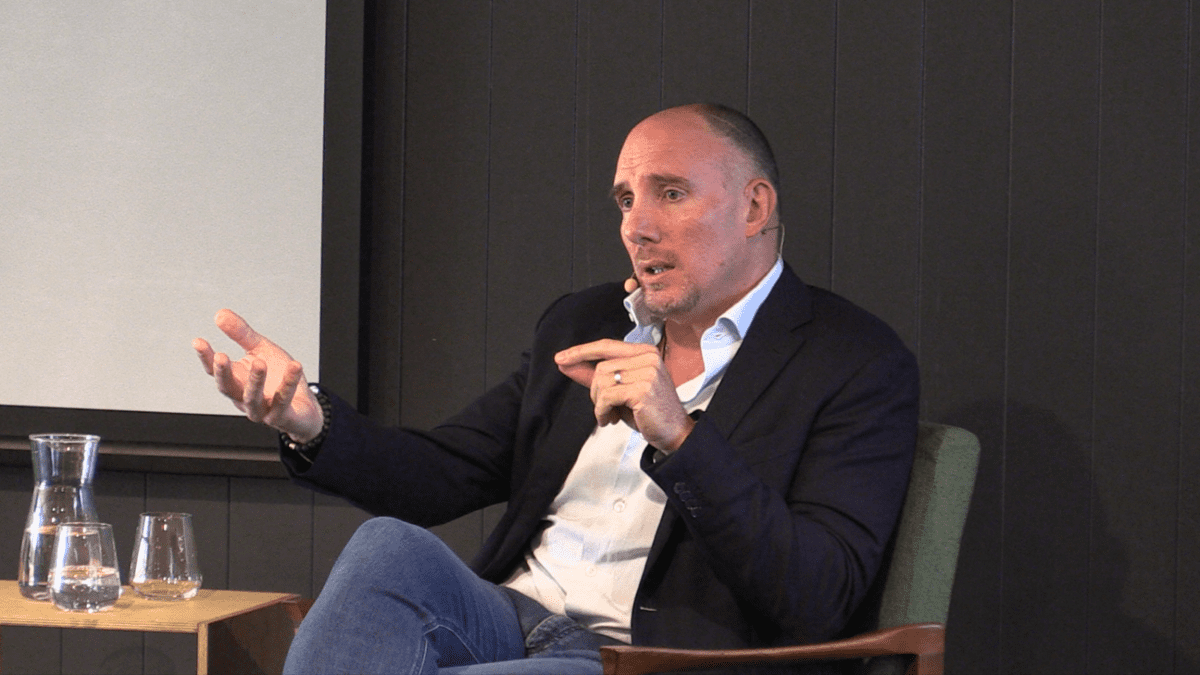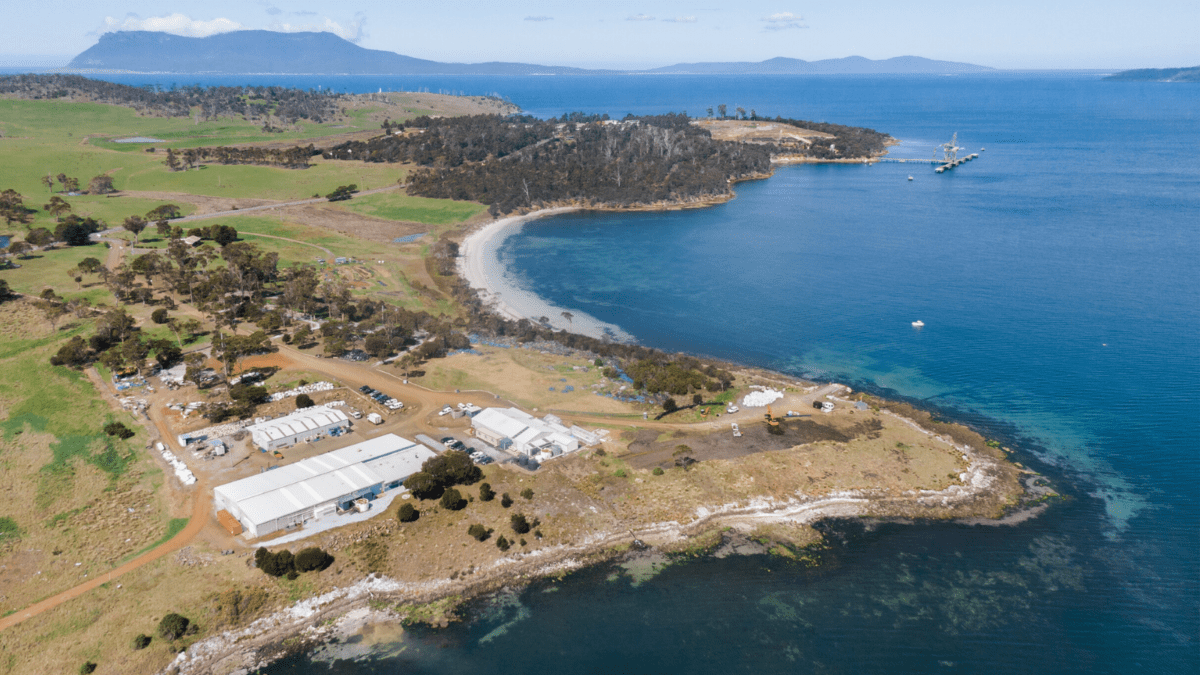From net-zero to net-positive: Nature repair bill aims to unlock private investment in biodiversity
The federal government recently introduced a bill to establish a nature repair market, a world-first initiative aimed at driving private investment in activities that promote positive biodiversity outcomes. While stakeholders hope the move will be a paradigm shift, some say questions about demand and additionality still need to be fleshed out.
Minister for the Environment and Water Tanya Plibersek (pictured) introduced the Nature Repair Market Bill to Parliament on March 29, following two rounds of stakeholder consultations. The bill aims to develop a legislated framework underpinning a national biodiversity market that makes it easier for companies and others to invest in biodiversity improvements in Australia.
Open to all landholders, including First Nations people, farmers and conservation groups, the government’s plan would allow eligible landholders who undertake projects that enhance or protect biodiversity on their property to receive tradeable biodiversity certificates, akin to carbon credit trading systems. Landholders can sell biodiversity certificates to businesses, individuals or the government seeking to meet biodiversity targets.
“We’re supporting landholders including farmers and First Nations communities to do things like replanting a vital stretch of koala habitat, repair damaged riverbeds, or remove invasive species,” Plibersek said in a speech announcing the bill.
Under the proposed legislation, the Department of Climate Change, Energy, the Environment and Water (DCCEEW) would establish the market. The Clean Energy Regulator would regulate the market, helping to align it with the Australian carbon market and facilitate participation in both schemes.
Mammal extinction capital of the world
The bid to create a market to support biodiversity gained steam following the release of the 2021 State of the Environment Report, which found significant investment in conservation and restoration is needed to reverse the decline in Australia’s environment. Australia now has the ignominy of being the ‘mammal extinction capital of the world’, making the growing focus on environmental, social and governance (ESG) factors in investing particularly pertinent as more investors look to make a positive impact with their money.
In a recent report, “A nature-positive Australia”, PwC Australia found a nature repair market could unlock $137 billion in financial flows to advance biodiversity outcomes in Australia by 2050. More than half of that amount is expected to be driven by bonds, loans, debt and equity offerings themed around biodiversity, conservation and natural capital.
“A biodiversity market could help deliver finance by connecting landholders engaging in biodiversity restoration and management with those willing to pay for these activities,” the PwC report said.
“Global momentum toward a nature-positive planet is rapidly building. Australian businesses will need to begin embedding nature-related considerations into their businesses to meet growing global regulatory and market shifts.”
“The net-zero approach to biodiversity has been characterised as a vehicle to give businesses a license to pollute.”
John Oh, Commonwealth Bank of Australia
In explaining the need for a nature repair market, the DCCEEW noted that the scale of the task of improving Australia’s biodiversity is beyond government and individual landholders, meaning there is a need for significant voluntary private sector investment.
Examples of nature-positive projects that could be eligible for biodiversity certificates are projects that improve or restore existing native vegetation through activities like fencing and weeding, planting local species on previously cleared areas, and protecting rare grasslands that provide habitat for endangered species.
“Creating a nature repair market with proper integrity and transparency gives businesses and philanthropists a way to invest in nature with confidence,” Plibersek said. “It will allow them to buy a quality product: verifiable, well-regulated nature repair certificates – so they can be sure their investments in protection and restoration have big environmental benefits – and those benefits are lasting.”
‘Paradigm shift’
According to John Oh, sustainable economist at Commonwealth Bank of Australia, the proposed nature repair market framework has the potential to be a gamechanger for private investment in biodiversity, if done right.
“The nature repair market is a paradigm shift because it aims to achieve net-positive outcomes instead of net-zero outcomes,” Oh said in a recent research note. “The net-zero approach to biodiversity has been characterised as a vehicle to give businesses a license to pollute.”
Some stakeholders have raised concerns about whether there will be sufficient demand for biodiversity certificates, but Oh pointed to three likely drivers of demand: developments in corporate nature disclosure, the potential adoption of the Taskforce for Nature-related Financial Disclosure framework, and demand for carbon credits with biodiversity co-benefits.
“Without a nature repair market, businesses interested in investing in biodiversity projects are required to invest resources to internally develop and run biodiversity projects,” he said. “A nature repair market can be more efficient than internally run projects. Resources are saved as the work to develop and run biodiversity projects can be delivered by experienced specialists at scale.”
However, Oh said, to be successful, the market must be able to both achieve optimal environmental outcomes by directing funds where they are most needed and make economic sense for business.
“The nature repair market may not achieve environmental outcomes because businesses may not be financially incentivised,” he said. “The proposed nature repair market is voluntary, and the negative impact on nature is not priced. Negative impacts on nature need to be priced for a nature repair market to function well.”









